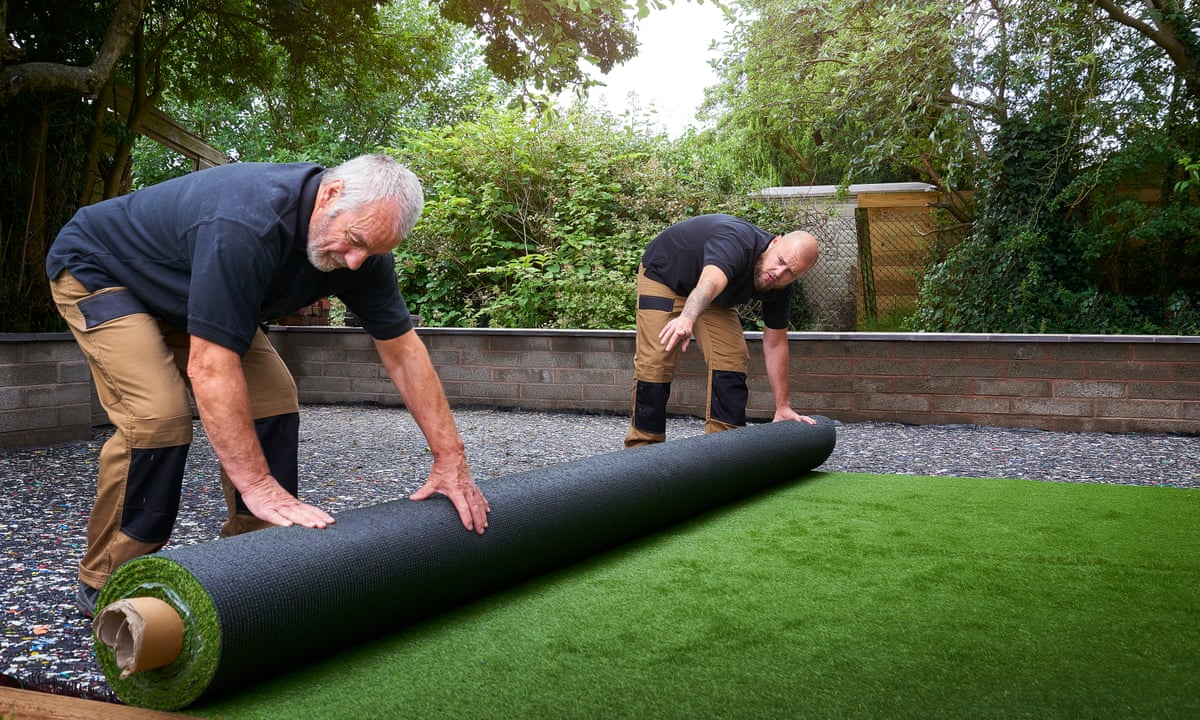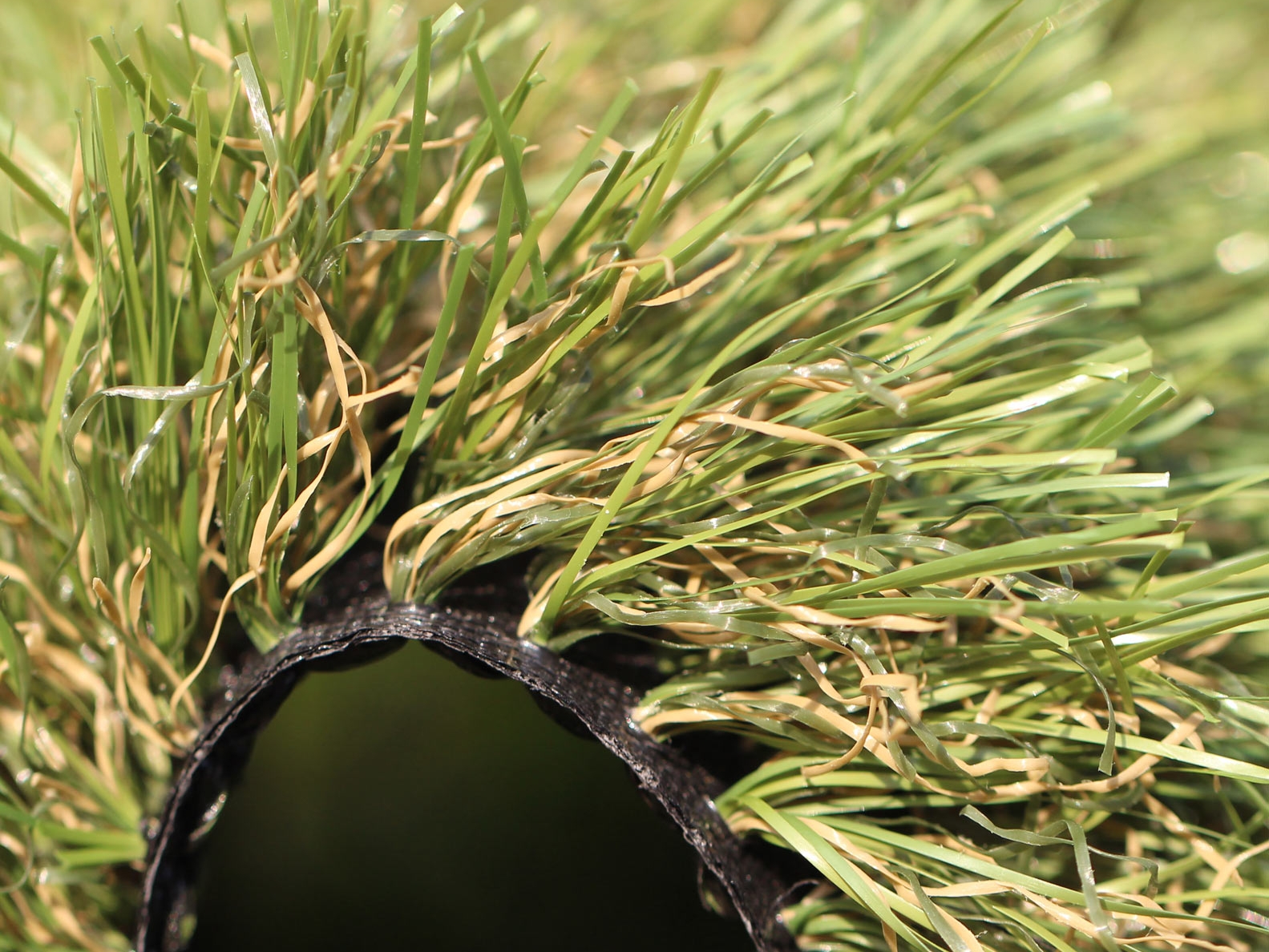Leading Phoenix Turf Companies Providing High-Quality Synthetic Grass Solutions
Leading Phoenix Turf Companies Providing High-Quality Synthetic Grass Solutions
Blog Article
Delve Into the Environmental Advantages of Opting for Synthetic Grass Solutions
The fostering of fabricated grass remedies offers a compelling chance to deal with pressing environmental difficulties. By significantly minimizing water usage and decreasing the application of hazardous chemicals, these choices not only promote sustainable landscape design however likewise safeguard local ecological communities. The reduced carbon footprint associated with decreased maintenance tasks adds to a much more sustainable approach to land monitoring. Nonetheless, the ramifications of these benefits prolong beyond mere conservation initiatives, questioning regarding their lasting influence on environment preservation and overall eco-friendly balance. Checking out these measurements exposes an intricate interplay worth thinking about.
Water Conservation Conveniences
One of the most significant advantages of fabricated turf is its ability to preserve water. In contrast, man-made grass does not require watering, considerably decreasing the general demand for water sources.
By getting rid of the demand for normal watering, synthetic lawn adds to sustainable landscape techniques and helps minimize the ecological effect of excessive water consumption. The conservation of water extends to the reduction of overflow, which can lead to soil erosion and waterway pollution.
In addition, the installment of artificial grass permits municipalities and homeowners to designate water resources extra effectively, concentrating on crucial uses such as alcohol consumption water and farming. The shift in the direction of synthetic grass not just promotes accountable water usage however additionally straightens with more comprehensive environmental objectives aimed at preserving natural deposits.
As neighborhoods progressively focus on sustainability, the water conservation advantages of man-made lawn present a compelling case for its adoption in household and industrial landscaping jobs.
Lowered Chemical Usage
The transition to synthetic grass considerably reduces the dependence on chemical therapies typically made use of in natural yard maintenance. Traditional turf management usually includes the application of herbicides, chemicals, and fertilizers to advertise development and control parasites. These chemicals can present dangers to human health, local wildlife, and the atmosphere, contributing to dirt and water contamination.
In contrast, fabricated grass gets rid of the need for these hazardous materials. By minimizing the launch of artificial compounds into the community, man-made grass promotes much healthier soil and water systems.
Furthermore, the absence of chemical drainage connected with artificial grass installations assists secure neighborhood waterways from contamination, supporting aquatic life and preserving biodiversity. Artificial turf companies phoenix. As areas increasingly prioritize sustainable techniques, going with man-made lawn offers a practical service that aligns with environmental conservation goals. Via this shift, homeowner can take pleasure in lush green areas without compromising environmental wellness, leading the way for an extra sustainable future
Lower Carbon Impact

In addition, the installation of synthetic grass can cause significant water preservation. All-natural grass call for significant amounts of water for irrigation, which not just includes to the carbon impact connected with water extraction and therapy yet also pressures neighborhood water sources. On the other hand, synthetic grass needs very little upkeep, calling for no watering, consequently significantly reducing water use and its connected power prices.
In addition, the long life of synthetic grass adds to its lower carbon effect. With a life expectancy of approximately 15 years or even more, the demand for frequent substitutes is lessened, resulting in less waste and reduced power usage in manufacturing and throwing away typical turf options. Overall, fabricated turf offers a sustainable alternative for ecologically mindful landscape design.
Environment Preservation
Environment preservation is a critical consideration in the dispute over landscape design choices, especially when contrasting synthetic grass to natural turf. All-natural yard lawns typically require substantial maintenance, consisting of making use of pesticides, herbicides, and fertilizers, which can adversely affect neighborhood environments. These chemicals can leach into the soil and rivers, harming native plants and fauna and interfering with regional environments.
Synthetic turf eliminates the demand for hazardous chemicals, consequently safeguarding neighboring wild animals and preserving the honesty of surrounding communities. The installation of man-made turf can go to my blog lead to the conversion of previous turf areas into more biodiverse landscapes, such as pollinator gardens or native plant locations, which can support regional wildlife.
Eventually, the change to synthetic grass not only conserves water and minimizes maintenance efforts yet also fosters an extra unified partnership in between human tasks and the natural surroundings, advertising environment conservation at content the same time.
Long-Term Sustainability
Long-lasting sustainability is a critical variable in evaluating the advantages of fabricated lawn over standard yard lawns. One of one of the most significant benefits of fabricated grass is its longevity; it can last as much as 15-20 years with very little maintenance, whereas all-natural turf calls for constant reseeding and replacement. This longevity decreases the need for consistent resources, such as water, plant foods, and pesticides, which are important for keeping a healthy and balanced grass yard.
Additionally, artificial grass contributes to a decrease in carbon exhausts associated with lawn treatment equipment. Traditional lawns often need gas-powered lawn mowers, trimmers, and blowers, all of which add to air pollution. Arizona turf. In contrast, man-made grass removes the need for such devices, promoting a cleaner atmosphere
In addition, the production of synthetic grass significantly utilizes recycled materials, enhancing its sustainability account. As producers adopt green techniques, the ecological footprint of synthetic grass remains to decrease.

Final Thought
The fostering of artificial turf services provides considerable ecological benefits, consisting of significant water preservation, lowered reliance click here for info on dangerous chemicals, and a reduced carbon impact. Moreover, artificial turf aids in preserving natural habitats by reducing land disturbance and promoting long-term sustainability through making use of long lasting products. Collectively, these variables underscore the potential of synthetic grass to add positively to environmental health and offer a viable choice to standard landscape design practices in an increasingly resource-conscious globe.
In contrast, artificial lawn does not need watering, substantially decreasing the overall need for water resources. By minimizing the launch of synthetic substances into the ecosystem, fabricated turf advertises much healthier soil and water systems.
In addition, the setup of fabricated grass can result in considerable water conservation. In contrast, man-made turf requires very little upkeep, requiring no watering, therefore significantly minimizing water usage and its linked energy expenses.

Report this page